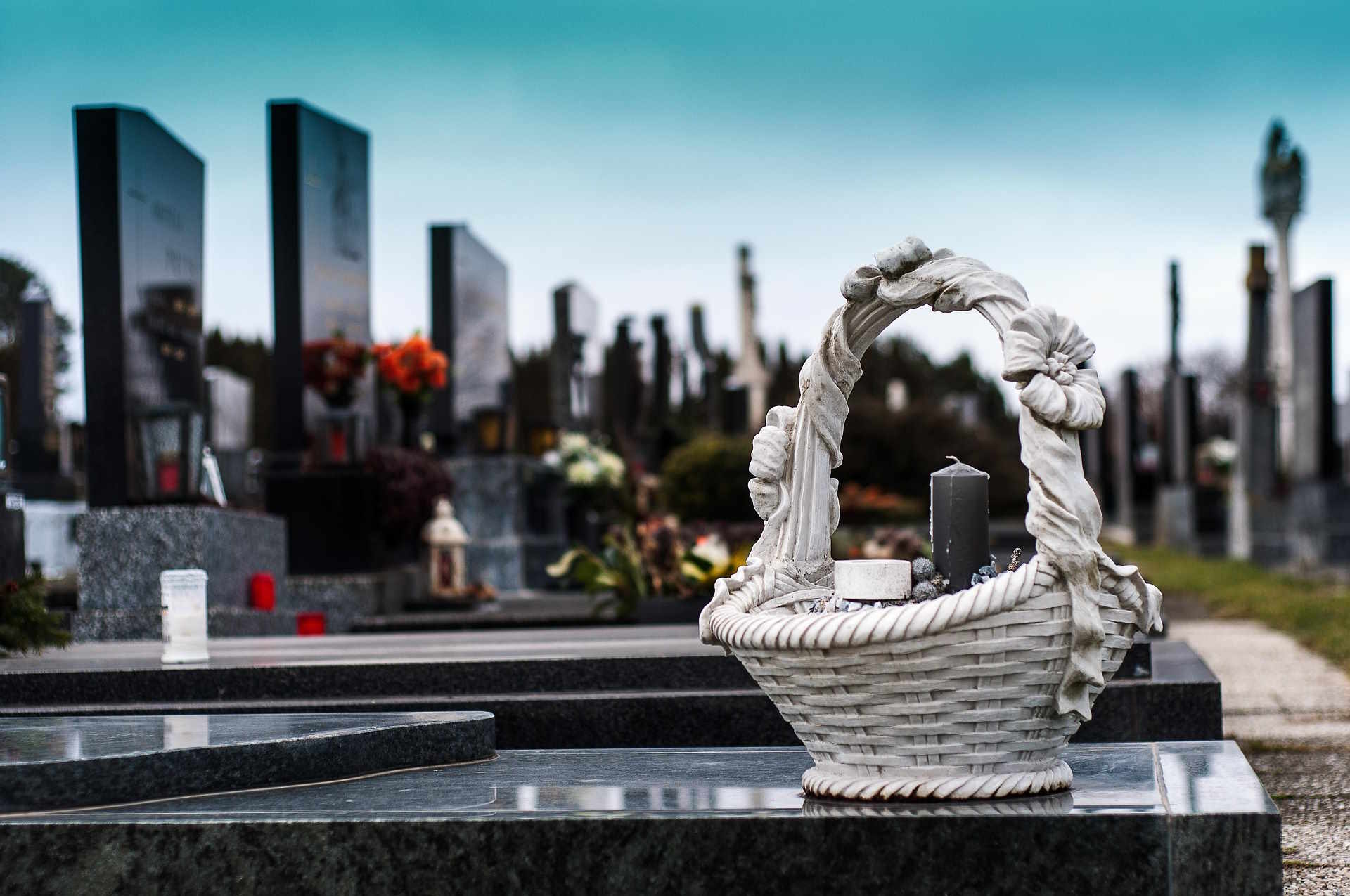Cremation or Burial? What Most Families Are Choosing in 2025
When it comes to final arrangements, many families face a difficult but necessary choice: cremation or burial. While tradition plays a role, cost, convenience, and personal beliefs are shifting preferences. In fact, more families than ever are choosing cremation—but is it the right choice for you?

Why Cremation Is Becoming More Popular
Cremation has seen a notable increase in popularity across the UK over recent decades. Several factors contribute to this growing trend. Often, the cost-effectiveness of cremation compared to traditional burial is a primary consideration for families. Cremation generally requires less expenditure on elements such as a burial plot, headstone, and ongoing maintenance. Additionally, the flexibility it offers regarding memorial services and the final resting place of ashes appeals to many. Ashes can be kept at home, scattered in a meaningful location, or interred in a columbarium or a family plot, providing a wider range of commemorative options. Changing religious and cultural perspectives, alongside a more transient society, also play a role in this shift, as families may no longer reside near ancestral burial grounds.
How Burial Compares: Tradition, Permanence, and Cost
Traditional burial remains a deeply rooted practice for many, offering a sense of permanence and a designated physical place for remembrance. For those who value a specific grave to visit, lay flowers, and reflect, burial provides this tangible connection. It often aligns with long-standing family traditions and religious doctrines that emphasise the sanctity of the body and the importance of a return to the earth. However, burial typically involves higher costs, encompassing the purchase of a burial plot, interment fees, a headstone or memorial, and ongoing maintenance fees. The availability of burial plots, particularly in urban areas across the UK, can also be a significant consideration, with some local services facing space constraints.
What to Consider Before Making a Final Choice
Making a decision between cremation and burial involves careful thought and discussion. Personal beliefs, whether spiritual, religious, or philosophical, often guide this choice. Family wishes and traditions also hold significant weight, as the decision impacts all those grieving. Practical aspects include understanding legal requirements in your area and the logistical arrangements involved with each option. Financial implications are frequently a major factor, with families needing to assess their budget for the immediate services and any future associated costs. Pre-planning these arrangements can alleviate stress for loved ones during an emotionally challenging time, allowing for wishes to be clearly communicated and respected.
Understanding the Emotional Impact of Your Choice
The emotional impact of choosing between cremation and burial is profound for grieving families. Both options offer different pathways for processing loss and establishing a sense of remembrance. A physical gravesite can provide a tangible focal point for grief, offering a place to visit and feel close to the deceased. For others, the flexibility of cremation, such as scattering ashes in a cherished place or keeping them in an urn, can offer comfort and a sense of continued presence. It is important to consider which option provides the most solace and supports the grieving process for the family members involved, ensuring the chosen arrangement feels right for everyone.
Exploring Environmental Considerations for Final Arrangements
In an increasingly environmentally conscious society, the ecological impact of final arrangements is a growing consideration. Traditional burial can involve land use for cemeteries, embalming chemicals, and non-biodegradable casket materials. While modern cremation facilities are regulated for emissions, the process itself requires energy. Emerging alternatives, such as natural burials (where the body is prepared without chemicals and buried in a biodegradable shroud or casket in a designated natural burial ground), offer a lower environmental footprint. Water cremation (aquamation) is another method gaining attention for its reduced energy consumption compared to flame cremation. Exploring these options allows families to align their final choices with their environmental values.
For families in the UK, understanding the financial aspects of end-of-life arrangements is crucial. The costs associated with both cremation and burial can vary significantly based on location, the chosen funeral director, and the specific services requested. Direct cremation, which involves no service or attendance, is typically the most economical option, while a full traditional burial with a service and new plot purchase represents a higher investment. Many funeral directors offer transparent pricing structures and packages to help families navigate these decisions.
| Product/Service | Provider | Cost Estimation (GBP) |
|---|---|---|
| Direct Cremation | Pure Cremation | £1,500 - £2,500 |
| Attended Cremation (Basic) | Co-op Funeralcare | £3,000 - £4,500 |
| Traditional Burial (Funeral Dir.) | Dignity Funerals | £4,500 - £6,000+ |
| New Burial Plot (Excl. Funeral) | Local Council/Cemetery | £800 - £5,000+ |
| Natural Burial (Full Service) | Green Endings | £3,000 - £5,000 |
Prices, rates, or cost estimates mentioned in this article are based on the latest available information but may change over time. Independent research is advised before making financial decisions.
Choosing between cremation and burial is a deeply personal decision with many layers, from tradition and permanence to cost and environmental impact. Both options provide valid ways to honour a life and offer solace to those left behind. By carefully considering personal beliefs, family needs, practicalities, and financial implications, families can make an informed choice that brings comfort and reflects the wishes of the deceased, ensuring a fitting farewell.




